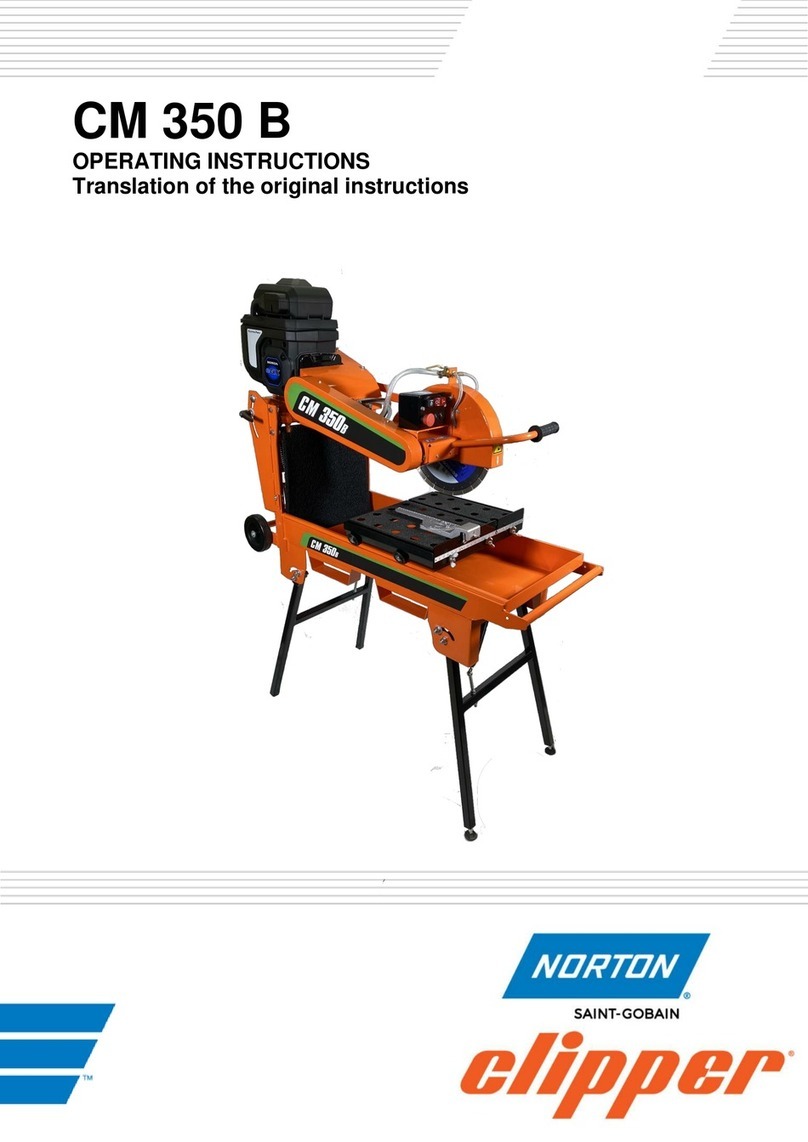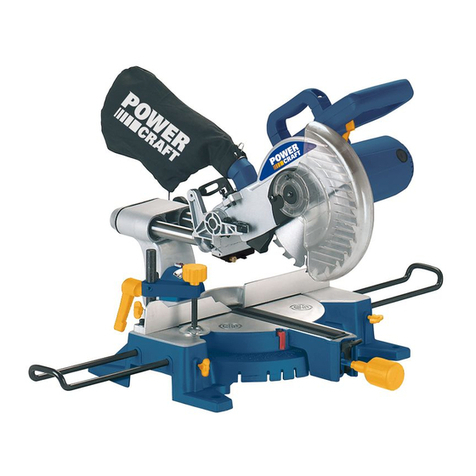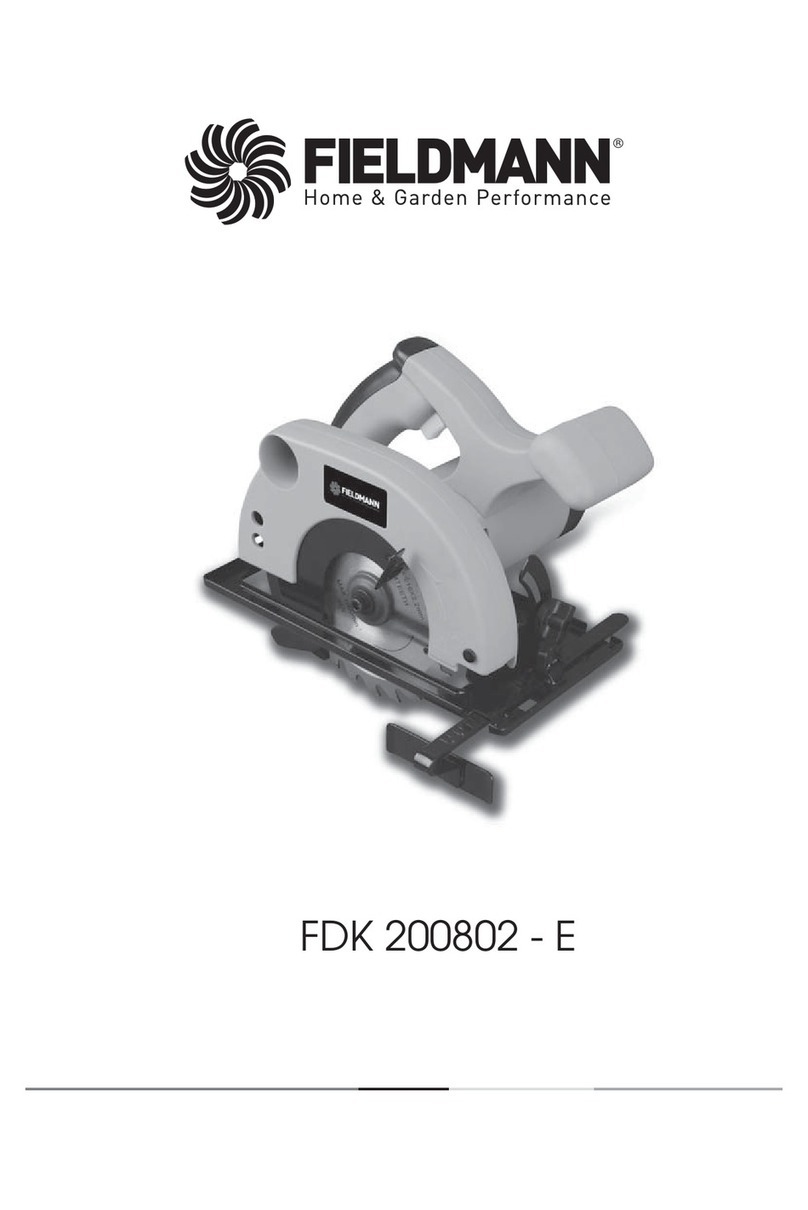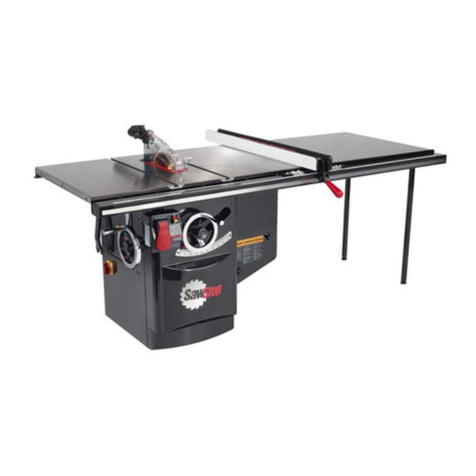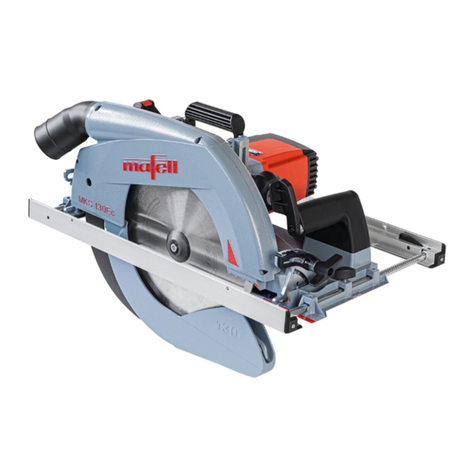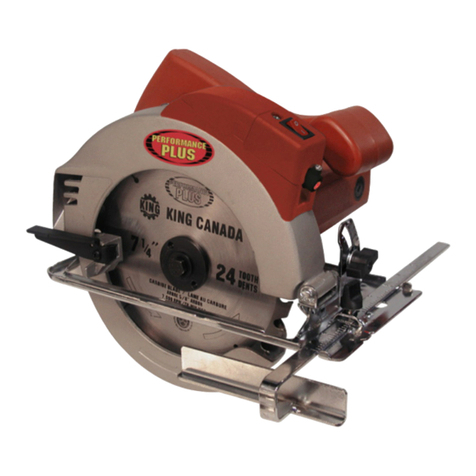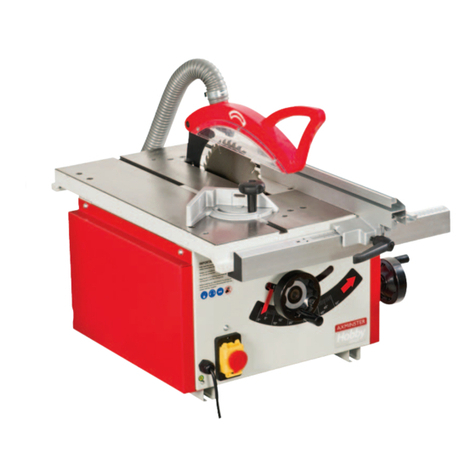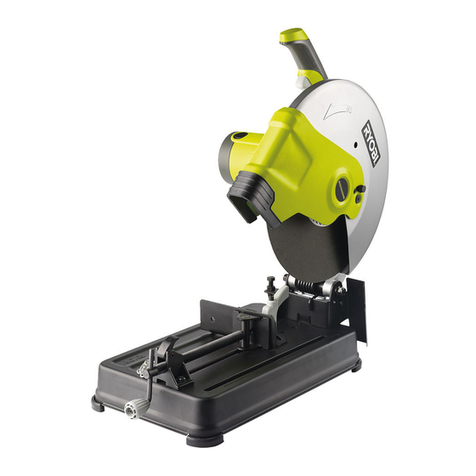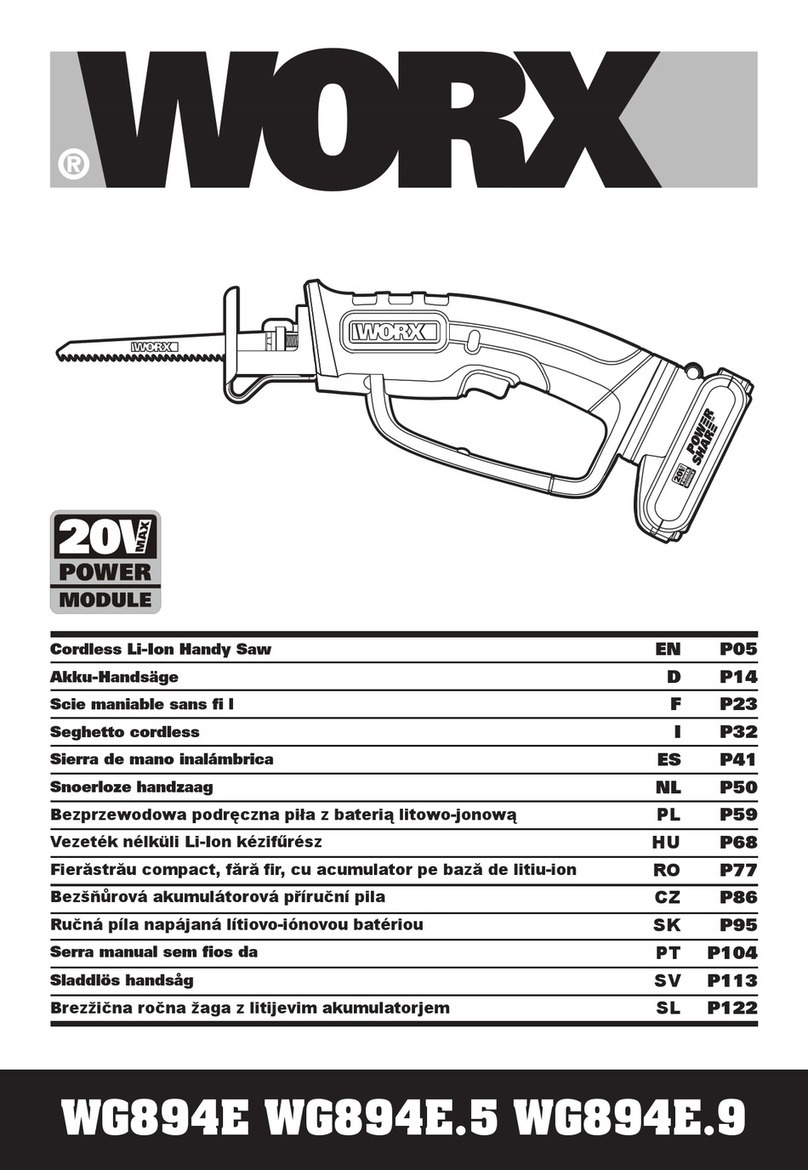A-PLUS AUTOMATION T2 Series manual

INSTRUCTION HANDBOOK
A-PLUS AUTOMATION s.r.l.
Via Selva, 23/25 - 47122 Forlì - Italy
Tel. +39-0543-481142 - Fax +39-0543-480770
T2xxx
Double Mitre Saw

2
T2300-T2350-T2400-T2450 Double Mitre Saw
Table of Contents
1. GENERAL INFORMATION........................................................................ 4
2. MACHINE DESCRIPTION ........................................................................ 6
4. INSTALLATION.......................................................................................... 15
5. FUNCTIONING.......................................................................................... 30
6. MAINTENANCE ........................................................................................ 33
7. DIAGNOSTICS .......................................................................................... 35
8. SPARE PARTS........................................................................................... 35
9. DEMOLITION ............................................................................................ 36
10. ATTACHMENTS ........................................................................................ 36

3
Double Mitre Saw T2300-T2350-T2400 - T2450

4
T2300-T2350-T2400-T2450 Double Mitre Saw
1. GENERAL INFORMATION
1.1 MANUFACTURER AND MACHINE IDENTIFICATION PLATE
The identication plate illustrated is axed directly on to the machine. The plate contains all identication details and
indications necessary for safe operation.
1.2 TECHNICAL SERVICE REQUEST PROCEDURES
For any requirement, please contact the Manufacturer’s Customer Service.
For any request for technical service, list the data on the identication plate, the approximate number of hours the
machinery has been used and the type of malfunction.
Via Selva, 23/25 - Forlì ITALY
1.3 CERTIFICATION
The machine is produced in conformity to the pertinent European Community Norms in force at the moment of
its introduction on the market.
1.4 WARRANTY
The replacement of defective parts is warranted (counting from the date written on the delivery bill) for a period of:
• Mechanical components - 24 months
• Pneumatic parts - 12 months
• Electrical and Electronic parts - 12 months
The warrant does not include sending technical sta. The repair will be performed at A-Plus Automation's facility
and the freight of shipment will be entirely charged to the Customer.
The warranty does not cover the damages caused by an inappropriate use of the machine or not corresponding
to the instructions described in this handbook.
The warranty decays in case of unauthorized modications or because of accidental damages or tampering
performed by unqualied personnel.
Are excluded from the warranty, damages to the machine caused from:
• Shipping and/or Handling
• Operator errors
• Missing of maintenance described on this handbook (see the paragraph 6.5)
• Failures and/or breakage not imputable to machine malfunctioning
• Interventions or variations on the plants eected by unauthorized personnel
1.5 PRE-ARRANGEMENTS CHARGED TO THE CUSTOMER RESPONSIBILITY
It is the customer’s duty, on times agreed with the producer, to execute what is indicated in the following
documentation.
Things normally charged to the customer:
• Premises predisposition, included building works
• Pneumatic supply of compressed air (see at the paragraph 4.6.1)
• Machine power supply, observing the current norms of Country where the machine is installed (see at the
paragraph 4.6.2)
1.6 PURPOSE OF THE MANUAL
The manual herein, part and parcel with the machinery, has been designed and built by the manufacturer with the
purpose to supply the necessary information to the persons authorized to operate the machinery during its useful life.

5
Double Mitre Saw T2300-T2350-T2400 - T2450
As well as adopting an appropriate utilization technique, the recipients of the information must read and strictly
apply them.
This information is supplied by the manufacturer in its own language (Italian) and may be translated into other
languages to satisfy statutory and/or sales needs.
A little time dedicated to the study of this information, will permit the user to avoid health and safety risks to
personnel and economic loss.
The translation in the language of the country of use, supplied by the manufacturer, its representative or whoever
brings the machine to such linguistic area, must be carried out from the “ORIGINAL INSTRUCTIONS” and must
display the phrase “TRANSLATION OF THE ORIGINAL INSTRUCTIONS”.
In the event that the manual herein contains additional information concerning the ttings of the machinery, said
information does not interfere with the reading of the manual.
Keep this manual for the entire duration of its useful life in a well known and easy to access place, available for
reference any time the need should arise.
The manufacturer reserves the right to make modications with no obligation to supply a prior notication.
1.7 SYMBOLS
SYMBOL MEANINGS
DANGER It indicates a danger with a mortal risk for the operator.
WARNING It indicates a warning or a note about key functions or useful information.
Pay the maximum attention to the paragraph marked with this symbol.
OBSERVATION is requested to take a measurement data, to check a signal, etc.
INQUIRY The user is requested to check the proper positioning of any element of
the machine, before operating a certain command.
EXAMINATION It’s necessary to consult the handbook before effecting a certain
operation.
ADJUSTMENT In specic particular cases of working and/or anomalies, it can be
requested a certain mechanical adjustment and/or electrical setting.

6
T2300-T2350-T2400-T2450 Double Mitre Saw
2. MACHINE DESCRIPTION
2.1 WORKING PRINCIPLE
The Double Mitre Saw, model T2xxx, is a vertical descent saw with blades at 45 degrees. It has been realized for
cutting frames for pictures , furniture, windows and chassis of all kinds.
The blades descent is controlled by a pneumatic system that clamps the mouldings on the working bench by
means of 4 clamps.
The machine is equipped with a pneumatic device that allows a quick blades backstroke at low air consumption.
The directions of blades movement and rotation are represented on the picture 2.1 A.
2.2 MAIN COMPONENTS
The main components, constituting the machine, are:
• Main frame and working bench group
• Blades set at vertical descent on Z axis
• Padlockable air lter lubricator set
• Pneumatic system
• Electrical equipment
2.3 MACHINE STRUCTURE
The movement directions during machine’s running are:
- Z axis
Vertical movement of blades group from upside down
Picture 2.1 A - Movement directions
Z
Blades rotation sense
Backstroke toward starting position
Blades descent
2.4 DIMENSIONS
The overall dimensions are reported on complete drawing of attachment 10.2-A.

7
Double Mitre Saw T2300-T2350-T2400 - T2450
2.5 SURROUNDING CONDITIONS
The machine does not need special surrounding conditions. It has to be installed inside an industrial building,
lit, aired and with a compact and at oor. The admitted temperatures go from 5° to 40° C, with an humidity not
higher than 50% at 40° C or 90% at 20° C.
2.6 LIGHTING
Premises lighting must be conformed to the norms in force in that Country where the machine is installed and has
to guarantee a clear visibility, do not create dangerous reections and allow a clear reading of the control panel
and the location of emergency button.
2.7 VIBRATIONS
In standard conditions conformed to the indication of machine proper utilization (the machine is anchored to the
ground by 4 fastening points), the vibrations do not create dangerous conditions.
The average quadratic weighed level, according to the acceleration frequency to which arms are exposed does
not exceed 2,5 m/s2.
2.8 NOISE EMISSIONS
The machine is designed and projected for reducing the noise emission level to its source. Tests have been eected
according to the measurement method conformed with Art. 46 D.Lgsl. 277/91.
The T2xxx Double Mitre Saw, when workings on standard and correct conditions of use, produces a sound level
per operator lower than 85 bB (A) even if used continuously.
For this survey has been considered the cut of hardwood type Ramin which can be used for manufacturing of
picture frames. The use of softer woods (i.e. Obeche) produces sound levels lower of about 2-3 dB (A).
The noise levels indicated are emission levels and are not representing sure operating levels. In spite of existing a
relationship among emission levels and exposure ones, this can not be used in a reliable way to dene if further
cautions are necessary. The factors determining the exposure level to which the working force is subjected,
include exposure lasting, working premises characteristics and other noise sources (number of machines, closed
proceeds, etc…). Furthermore, also the allowed exposure levels could change according to the several Countries.
At any rate, the information provided, will allow the Machine Operator to achieve a better evaluation of danger
and risks he is submitted to.
The indicated noise levels are emission ones measured in standard conditions of use. In case of
any machine modication, the above mentioned levels could be changed and should be settled
directly on the same machine.
Use the machine only if equipped with special individual protections for hearing (headphones etc…).
2.9 TECHNICAL DATA
Here below are indicated Machine technical data and characteristics to which make reference for any eventual
contact with Producer Technical Assistance.

8
T2300-T2350-T2400-T2450 Double Mitre Saw
Table 2.9 A - Data and Characteristics
Length of right working bench extension 1200 mm
Length of left working bench extension 1200 mm
Working bench length 800 mm
Working bench height (from the oor) 950 mm
Motors power n.2 1.5 kW
Max revolutions per minute 2800 n/’
Pneumatic feed 5/7 bar
Power Consumption 3 kW
Proles width (Min/Max) T2300 15/60
T2350 15/80
T2400 15/100
Proles height (Min/Max) T2300 10/60
T2350 10/80
T2400 10/100
Electric power supplying 400V/230V
Suction holes ∅ 2 of 80 mm
Total weight about 500 Kg
2.10 TOOLS
Attention: Blades must be conformed to the Norm EN 847-1
Blades, conformed to the Norm EN 847-1, have the following dimensions:
• A =30 mm
• B =300 mm (model T2300)
=350 mm (model T2350)
=400 mm (model T2400)
=450 mm (model T2450)
• Thickness =3.5/4.00 mm
CAUTION: The blades can be varied depending on the materials provided to cut (light alloys,
wood or plastic)
ATTENTION: For cutting light alloys the machine must be equipped with blades cooling system

9
Double Mitre Saw T2300-T2350-T2400 - T2450
2.11 EQUIPEMENT
The following equipment rare applied to machinery produced in series. Possible special supplies could therefore
ask dierent accessories described.
2.11.1STANDARD EQUIPEMENT
The machine is supplied complete with:
• N.1 Allen wrenches set (3/4/5/6 mm)
• N.1 22mm wrench
• N 1 Flanges set
• N.1 xed slide stop
• N.1 swing slide stop
• N. 1 left neutral extensions of the working bench
• N. 1 right gauged extensions of the working bench
• N. 4 vertical clamps
• N. 2 suction holes Ø 80mm
• N.1 Padlockable Air lter lubricator
• N.1 pneumatic pedal for vertical clamps activation
• N.1 Instructions Handbook
2.11.2 OPTIONALS ACCESSORIES ON REQUEST
The machine can be supplied with following optionals:
• Mist-Spray Cooling System to cut aluminum proles
• 3rd working bench extension 1200 mm (right)
• pneumatic horizontal moulding clamp
• adjustment of blades stroke
• blades for wood, aluminum or plastic
Any modication and/or addition of accessories, must be expressly approved and executed by
the Manufacturer.
2.12 ELECTROMAGNETIC ENVIRONMENT
The Machine is designed to operate properly in an industrial electromagnetic environment, being included in the
following Norms about Emission and Immunity:
EN 50081-2 Electromagnetic compatibility-Generic Norm on Emissions-2nd part-Industrial Environment-(1993)
EN 50082-2 Electromagnetic compatibility-Generic Norm on Immunity-2nd part-Industrial Environment-(1995)

10
T2300-T2350-T2400-T2450 Double Mitre Saw
3. SAFETY
3.1 GENERAL WARNINGS
• The manufacturer, during the design and manufacturing stages, has paid special attention to the aspects that
might jeopardize the safety and health of the personnel that operates the machinery. As well as the compliance
with current regulation on the matter, the manufacturer has adopted all the “rules of good craftsmanship”. The
purpose of this information is to make the user aware to pay special attention in order to foresee any risk. There
is no substitute for carefulness. Safety also lies in the hands of all operators that work on the machinery.
• Carefully read the instructions of the manual supplied with the machinery and the ones directly tted on the
machinery, especially the ones concerning safety. Time dedicated to the study of this manual will prevent
unpleasant accidents; it is always too late to remember what should have been done when it has already
happened.
• Pay attention to the meaning of the symbols of the plates tted on the machinery; their shape and colour are
important for safety purposes. Keep them readable and comply with their information.
• Do not tamper with, do not dodge, eliminate or bypass the safety devices installed on the machinery. The non-
compliance with this requirement may cause serious risks for personnel’s safety and health.
• The personnel that carries out any type of operation during the entire useful life of the machinery must have
specic technical competence, special skills and experience acquired and acknowledged in the specic sector.
The lack of these requisites may jeopardize the safety and health of personnel.
• During operation only use the personal protection clothes and/or devices listed in the instructions supplied by
the manufacturer and the ones provided for by current regulations on safety at work.
• During the normal use or for any intervention, keep the surrounding area in adequate condition, especially the
one accessing the controls, in order to avoid jeopardizing the safety and health of personnel.
• The operator, as well as being adequately informed on the use of machinery, must possess skills and competence
adequate to the type of working activity to perform.
• The machine must only be used for the applications intended by the manufacturer. Only use the machinery for
the purposes intended by the manufacturer. The employment of the machinery for improper uses may cause
risks to the safety and the health of personnel and economic loss.
• Provide appropriate containers to stock the pieces you will be working with.
• Disconnect the main air supply and the power supply.
• Keep your foot o of the pedal during machine maintenance
3.2 PROPER USE
The machine is only intended for manual operation (under the direct control of the operator).
The machine has been designed and manufactured for cutting to 45 degrees wooden stick, its derivatives, plastic
or light alloys.
For cutting light alloys is necessary:
• To equip the machine with Mist Spray Cooling System
• To use proper blades
3.3 INADVISABLE USE
The machine has not to be used:
• For uses dierent from those listed in 3.2 paragraph
• In explosive or aggressive atmosphere, at high density of dust or oily substances suspended in the air
• In ammable atmosphere
• Outside in all weather severity
• With disconnected electromagnetic interblocks
• With electric bridges and/or mechanical instruments leaving out machine parts or functions
• For working materials not suitable with machine characteristics
It is absolutely forbidden to cut dierent materials (glass, ceramic. etc..) in particular irony (or
similar) materials.
3.4 DANGEROUS AREAS
The area of blades operating, is defined “working area” (A). The dangerous areas of the machine, include the mobile
parts and surrounding zones (B)

11
Double Mitre Saw T2300-T2350-T2400 - T2450
A: Working Area- B: Dangerous Zones
Picture 3.4.A - Working area and dangerous zones
3.5 PROTECTION DEVICES
The machine is equipped with adequate protections for persons exposed to the risks due to the of mobile elements
of transmission (blades, pulleys, belts, etc.…), or mobile members taking part in working (blades) or ejection of
wooden pieces, chips, or dust.
3.6 STOP FUNCTIONS
The machine stop functions are the following:
• General Switch (category 0)
• Normal Stop Button (category 1)
• Emergency Button (category 1)
STOP CATEGORY 0
Is obtained taking out power from Machine actuators (uncontrolled stop)
STOP CATEGORY 1
Controlled stop with opening of power supplying for the machine actuators after of such a period allowing the
stop of them.
3.7 SAFE WORKING PROCEDURES
The machine is projected and realised with the purpose of eliminating any risk connected with its use.
Owing to the necessity of steering the moulding around blades working area, it is impossible to eliminate the risks
related with possible accidental contacts of operator hands with a.m. area.
The other risks related with manual working mode, are:
• Cut (due to the contact of the operator hands with the blades)
• Entanglement (due to clothes not properly tight)
• Ejection of worked material chips
To drop down to the minimum the consequences of above mentioned dangers, it is necessary to follow carefully
the following instructions:
• when the hands are working closely to the blades, you have to steer the moulding to be cut using any tool
• avoid the cutting of moulding pieces smaller than 50 mm
• never use hands to take out the short pieces and/or cuttings close to the blades, but instead use a tool, i.e. a
piece of moulding still to be cut
• adjust the frontal protection according to the height of cutting pieces and clamp in position
Operate as follows for adjusting the A protection guard of picture 3.7
• unscrew the B knob of picture 3.7
• lift or lower the A guard according to the height of mouldings to be cut
• tighten the guard in the proper position by screwing the B knob (picture 3.7)

12
T2300-T2350-T2400-T2450 Double Mitre Saw
Picture 3.7
WARNING: It is absolutely forbidden
to cut other materials such as glass,
ceramics, ferrous and similaires.s blades.
When finished your work, lower
completely the protective guard
ATTENTION: Owing to the residual risks
related with the machine, it is necessary
that at the beginning the user of the
machine should be properly trained and
assisted by qualied personnel
3.8 RESIDUAL RISKS
During the normal working cycle and while maintenance, the operators are exposed to several residual risks that,
because of operations own nature, can not be totally eliminated.
• Risk of being hit by splinters ejected outside of casing
• Risk of being hit by tool used for manual unlocking of the blades
• Risk of cutting because of accidental contact with blades in motion or stop, i.e. during their replacement
• Error of assembly, i.e. because of blades assembly in opposite sense or mistaken electric connection (rotation
in the opposite sense)
• Risk due to the presence of power supply on the machine
3.9 PLATES
The warning plates carrying out safety functions can not be removed, covered or damaged.
To take vision of plates or adhesive signs location, consult the Fig.10.2-E
Table 3.10 A- Types of plates
Metal Plate concerning machine characteristics Metal Plate concerning electrical equipment
Via Selva, 23/25 - Forlì ITALY
A-Plus Automation s.r.l.
Via Selva, 23/25 Forlì ITALY
A
B

13
Double Mitre Saw T2300-T2350-T2400 - T2450
Metal Plate concerning blades rotation Adhesive sign concerning electric supply
ATTENTION: Only technicians can open the panels and maneuvering and repairs
Adhesive sign concerning the instructions observance.
Adhesive sign concerning power supply.
Adhesive sign concerning the entrance area of power supply
ELECTRICAL
HAZARD

14
T2300-T2350-T2400-T2450 Double Mitre Saw
Adhesive sign concerning anti-accidental
equipment (headphones use).
Adhesive sign concerning anti-accidental
equipment (gloves use).
Adhesive sign concerning ngers crushing.
Adhesive sign concerning right behaviour about
lubrication.
adhesive sign concerning identication of machine
model
Adhesive sign concerning anti-accidental
equipment (glasses use).
Adhesive sign concerning right behaviour about
loading runway
IT IS PROHIBITED
TO INTRODUCE THE
HANDS
Adhesive sign concerning main switch Adhesive sign concerning working pressure
THE MAIN SWITCH DOES
NOT INSULATE THE
PNEUMATIC SUPPLY
Adhesive sign concerning the pressure of vertical
clamping cylinders

15
Double Mitre Saw T2300-T2350-T2400 - T2450
4. INSTALLATION
4.1 SHIPPING AND HANDLING
The shipment must be eected by professionally qualied personnel. The machine has to be shipped in a safe
way to avoid any damage to its parts.
• All the protections, guard devices and wicket-gates must be properly closed and clamped.
• The machine has to be shipped like positioned for its installation.
• Before the shipment, it is necessary to lubricate the not painted parts to avoid their detriment.
• According to the type of shipment, it is necessary to protect the machine from any jarring impact or stress
Picture 4.1A – machine’s handling indications
Machine’s approx. weight: 380 Kg
Any damage of the machine occurred because of its shipment or handling is not covered from
warranty.
Repairs or replacements of damaged parts are charged to the customer.
4.2 STORAGE
In case of long inactivity, the machine must be stored with cautions concerning storage place and times.
• Store the machine indoor
• Protect the machine from jarring impacts and stresses
• Protect the machine from humidity and high thermic excursion
• Avoid the machine could touch corrosive materials
4.3 PRELIMINARY ARRANGEMENTS
To install the machine it is necessary to arrange a working area adequate to the machine sizes, lifting devices
chosen and length of mouldings to be worked.
Lifting must be done by using a specic device.

16
T2300-T2350-T2400-T2450 Double Mitre Saw
Picture 4.3 A – minimum distances (expressed in mm) for the installation
A= Container of pieces still to be worked
B= Container of already worked pieces
To answer to the characteristics of accuracy and balance, the double mitre saws must be positioned on a compact
concrete foundation in reinforced cement.
The design and arrangement of such a foundation is charged to the customer.
Be sure that a.m. foundation is properly consolidated in order to avoid possible sagging at machine’s installation.
4.4 ASSEMBLY
The machine assembly is executed by the customer following the instructions listed here below:
• Remove by using a lever (i.e. a big screwdriver) the nails fastening the crate to the pallet
• Draw out the crate from the upper side.
• Draw out the transparent packaging from the upper side.
• Keep the external packing for a possible future re-utilization
• Screw the eyebolts in the 2 holes M12 located on machine’s top side
• Lift the machine using a lift truck and carry it on its spot.
4.5 POSITIONING
The machine must be positioned on the ground on its assigned area.

17
Double Mitre Saw T2300-T2350-T2400 - T2450
• Perforate the oor in correspondence of machine base.
• Fasten the machine on the ground using n. 4 screws M8x50.
• Position on the machine the 2 suction holes B of picture 4.5 and fasten them by means of the provided screws.
• Connect the suction holes Ø 80mm with the suction system.
Picture 4.5
• Assembly the working bench extensions "C" using the screws and the taper pins "D" supplied together with
working bench extensions isee picture 4.5.A.
•
Image 4.5.A
4.6 CONNECTIONS
To avoid any problem during machine starting, it is recommended to follow what is described here below.
4.6.1 PNEUMATIC CONNECTION
On machine left side, are located:
B

18
T2300-T2350-T2400-T2450 Double Mitre Saw
• 1. The padlockable reducer-lubricator lter (B) picture 4.6.1.A
• 2. The pressure regulator of vertical clamps cylinders (C) picture 4.6.1.A
• 3. The ux regulator for increasing or reducing the speed of blades (A) descent or ascent.
Connect the compressed-air pipe with the reducer lubricator lter using the fast clutch tting supplied (or a similar
one suitable to the system).
Draw out from machine back wicket-gate the pneumatic pedal (if provided) and connect the pipes with the
connectors following this order:
• insert the red pipe into the red marked tting
• insert the white pipe into the external connector(not marked) operator side.
The machine’s pneumatic characteristics are:
Working pressure 7 Kg/cm2
Maximum pressure 8 Kg/cm2
Minimum pressure 5 bar
Nominal consumption 15 NL/cycle
The feeding pipe must have an internal section at least of 10 mm2 if the compressor is placed
closer than 5 meters, and higher than 10 mm2 if the compressor is located at a longer distance.
Picture 4.6.1 A-Pneumatic system disposition
A= Flux regulator
B= Padlockable reducer-lubricator lter
C= Pressure regulator

19
Double Mitre Saw T2300-T2350-T2400 - T2450
.6.2 ELECTRIC SYSTEM
The machine electric connection is realized under customer’s responsability and care.
To electrically connect the machine to the electrical installation use the cable for this purpose "A" see picture 4.6.2
The machine must be connected to the electric line, considering:
• Laws and the technical norms in force in the Country at the moment of installation.
• Data described on metal plate “B” (see at par. 3.9)
• Connect the machine to the electric network paying attention to the correct use of the ground wire
•
• The power supply must have the following requisites:
• Three-phase Voltage 400 Volt +/- 10%
• Nominal frequency 50 Hz +/- 2%
• The feeding has not to be interrupted or the Voltage has not to be Zero for a time longer than 3 m/s.
• The possible voltage falls have not to be higher than 20% of peak voltage and lasting more than a cycle.
•
•
Picture 4.6.2 A – Electric Panel Disposition

20
T2300-T2350-T2400-T2450 Double Mitre Saw
4.7 PRELIMINARY CONTROLS
The Machine preliminary operations before the 1st starting, must be executed by a technician charged by the
customer. Before machine’s setting at work, it is necessary to execute certain verications and checks to prevent
mistakes or accidents during setting at works step.
The verications to be executed are the followings:
• Verify that machine has not been damaged during assembly step
• Verify with extreme care, the integrity of electric boards, control panels, electric cables, wires and pipes
• Check the proper connection of external power sources
• Connect the pedal to the machine
Because of the shipment, both blades and vertical clamps are lowered. To restore the normal position, operate
as follows:
• Turn clockwise the main switch (located on machine’s right side) on position 1 (see picture 4.7.1).
Picture 4.7.1 Picture 4.7.2
• Turn clockwise the vertical clamp cylinders switch (located under the main switch) on position 1 (see picture 4.7.2)
• Press simultaneously the two “A” push-buttons placed in front of working bench to lift up blades and vertical
clamps (see picture 4.7.3).
Picture 4.7.3
AA
This manual suits for next models
4
Table of contents
